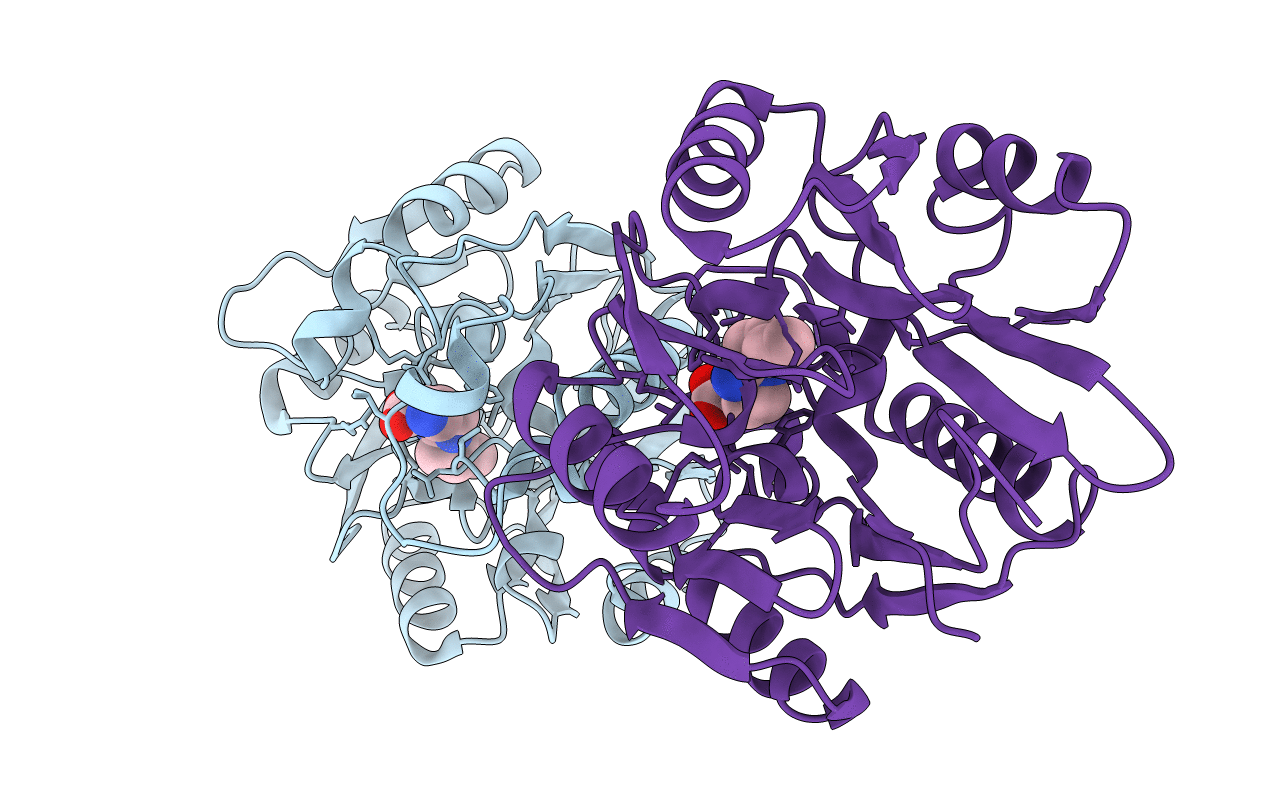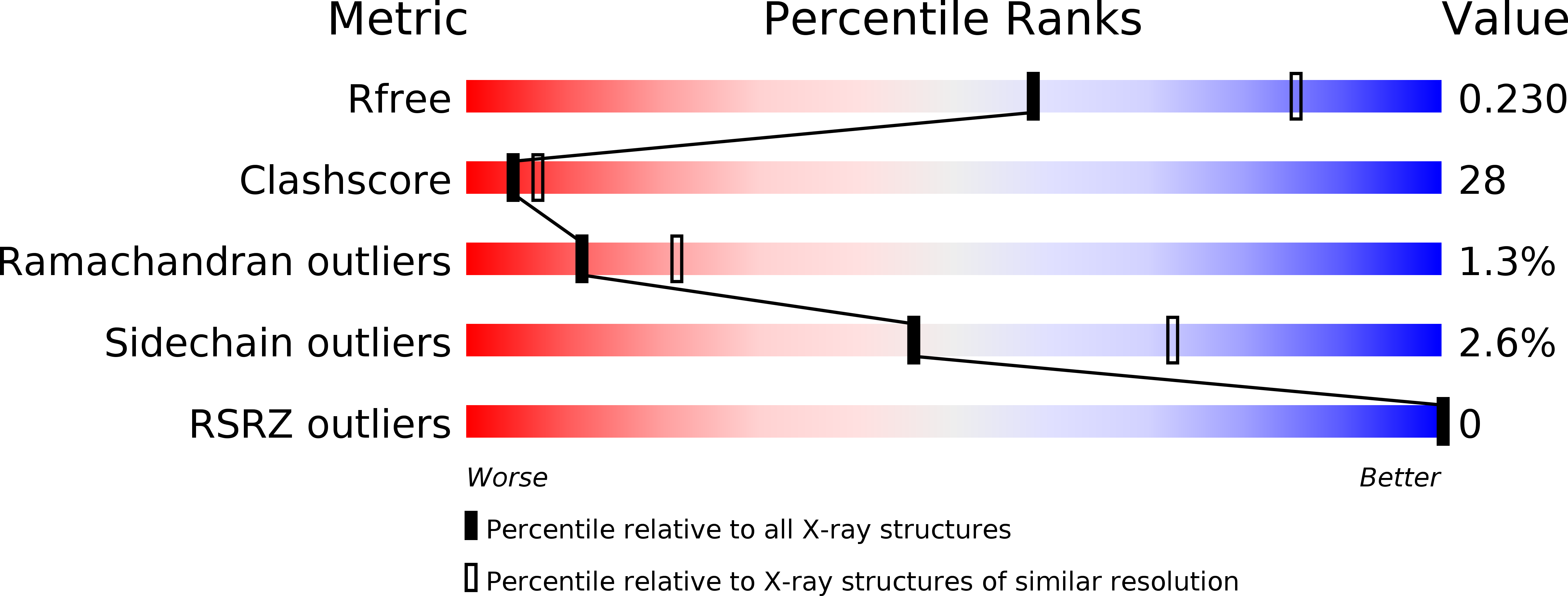
Deposition Date
2010-10-14
Release Date
2010-11-10
Last Version Date
2023-09-06
Entry Detail
PDB ID:
3P8P
Keywords:
Title:
Crystal Structure of Human Dimethylarginine Dimethylaminohydrolase-1 (DDAH-1) variant C274S bound with N5-(1-iminopentyl)-L-ornithine
Biological Source:
Source Organism:
Homo sapiens (Taxon ID: 9606)
Host Organism:
Method Details:
Experimental Method:
Resolution:
2.50 Å
R-Value Free:
0.30
R-Value Work:
0.22
Space Group:
P 1 21 1


